Kukai Kobo Daishi: The Esoteric Monk of Shingon Buddhism
(By Tsem Rinpoche)

Kobo Daishi or Kukai (774 – 835 CE)
Kukai, also known posthumously as Kobo Daishi, was an influential and beloved figure in Japan. He played an instrumental role in establishing and spreading the Shingon Buddhist doctrine (also known as Shingon Mikkyo), one of the few esoteric forms of Buddhism outside Tibetan Buddhism, which he received from his root guru, Hui Kuo (746-805 CE).
Hui Kuo was a close disciple of Amoghavajra (705-774 CE), a renowned 8th Century Indian monk. Kukai himself is considered to be one of the eight patriarchs of Shingon Buddhism.
Throughout his lifetime, Kukai displayed many talents and worked tirelessly to benefit beings. His legacy can still be felt today, almost 1,200 years after his death. The Manno Reservoir that he helped to construct is the oldest and largest irrigation reservoir in Japan. His doctrine of Shingon Buddhism is still very much alive, and many pilgrims continue to visit Mount Koya, the retreat place he established to preserve and propagate the Shingon doctrine, to find solace and the deeper meaning of life.
This article aims to share a glimpse of Kukai’s incredible life story. It covers his early life, his travels to China, his meeting with his root teacher, his return to Japan and his establishment of Shingon Buddhism. It also encompasses his rise to fame, his many talents and achievements, the miracles he manifested, and his enduring legacy.
Auspicious Birth
Kukai was born into the influential aristocratic Saeki family in the Sanuki Province. His father was Saeki no Atai Tagimi and his mother was named Lady Tamayori Gozen. The newborn baby was given the name Mao (‘True Fish’) and the nickname Totomono (‘Precious Child’). He had several siblings — at least two brothers and one sister, although the exact number is unknown. One of his brothers, Shinga (801–879 CE), would become his disciple in later years.

A day before his birth, Kukai’s parents dreamt of an Indian Buddhist monk riding on a cloud and entering Lady Tamayori’s chest.
One day before his birth, Kukai’s parents dreamt of an Indian Buddhist monk riding on a cloud, who entered Lady Tamayori’s chest. His date of birth is uncertain, but most believe that he was born on June 15, 774 CE. Coincidentally, this was also the day that Amoghavajra, one of the eight Shingon Buddhist patriarchs, passed away, thus strengthening the notion that Kukai was the reincarnation of Amoghavajra.
Today, a large Shingon temple, Zentsu–Ji, stands on the site where Kukai was born and is the 75th site on Shikoku Island’s renowned 88-site pilgrimage route. The 88 Shikoku pilgrimage sites are believed to be the locations where Kukai performed miraculous deeds. Many Shingon devotees believe that Kukai built Zentsu-Ji Temple to honour his father.

Zentsu-Ji Temple
Early Life
According to legend, at least two miracles occurred to indicate Kukai’s potential to benefit many beings. When he was three years old, Kukai sculpted and knelt before a clay Buddha image. As he prostrated, the Four Heavenly Kings (Shitenno) surrounded him like protective angels.

The Four Heavenly Kings (Shitenno) surrounded Kukai like protective angels as he knelt before a clay Buddha image
When he was seven years old, Kukai went to the highest cliff behind Zentsu-ji, turned his head in the direction of India, and cried out to Lord Buddha:
“In order to save many people, I make a vow to devote my life to the pursuit of Buddhahood! If I am not capable of fulfilling this vow, then I do not deserve my existence!”
Nocoloff, Philip L., Sacred Koyasan: A Pilgrimage to the Mountain Temple of Saint Kobo Daishi and the Great Sun Buddha
After he made this declaration, Kukai threw himself off the cliff. As he fell, Buddha Shakyamuni miraculously appeared to save him so that he could live a life of service to the Dharma. In some sources, the Bodhisattva Kannon, a female form of Avalokiteshvara, is said to have appeared instead. This episode in Kukai’s life is known as ‘Cliff Jumping’ (Shashin-ga-take). Today, Shusshaka-ji Temple (Temple of Shakyamuni’s Appearance) stands at the foot of the mountain where the event occurred, and is the 73rd stop on Shikoku’s 88-site pilgrimage circuit.
The Fall of the Saeki Family
The fall of the Saeki family was triggered by an assassination scandal. In 785 CE, the head of the clan, Otomo no Tuguto, was held responsible for the murder of Fujiwara no Tanetsugu, a political rival. Having lost their influence and prestige in court, the Saeki family then placed their hopes on Kukai to reclaim the family’s honour by encouraging him towards the life of a court bureaucrat.

When he was 15 years old, Kukai was sent to Nara to study under the guidance of his maternal uncle, Ato Otari, who was also the tutor of Crown Prince Iyo
When he was 15 years old, he was sent to Nara to study the Confucian classics, poetry, and rhetoric under the guidance of his maternal uncle, Ato Otari, to prepare him for the university entrance examinations. Ato Otari was also the tutor of Crown Prince Iyo, the third son of Emperor Kanmu who reigned from 781 to 806 CE. At the age of 18, Kukai attended the State Confucian College in Nara to prepare him for a career in court.

Akashagarbha Bodhisattva or Kokuzo Bosatsu at Todai-ji Temple
However, his life took a different turn when he met a monk who introduced him to an esoteric meditation practice, Gumonji Ho, and the esoteric mantra of Akashagarbha Bodhisattva, also known as Kokuzo Bosatsu in Japan. Kukai began to voraciously read Mahayana Buddhist literature in addition to Confucian philosophy. He also skipped class to meditate in nearby forests and mountains, which had a lasting impact on his mind.

An illustration of Kukai entering the priesthood
When he was between 20 and 24 years old, Kukai terminated his studies and became a wandering ascetic monk, much to the disappointment of his family. His novice ordination ceremony took place in Makino-san-ji Temple on the Izumi Mountains. It is said that Abbot Gonzo of Daian-ji Temple presided over the ceremony and gave him the name Kukai, ‘The Ocean of Emptiness‘.

Daian-ji Temple: It is believed that Abbot Gonzo from Daian-ji Temple presided over Kukai’s ordination ceremony
Travel to China
As a wandering monk, Kukai divided his time between scholarly research in Japan’s large monasteries and meditation in the mountains.
“It is said that he read over 10,000 Mahayana and Theravada scriptures during this period of his life, but he was not satisfied (Shiba, 1978). The knowledge he was seeking was not found in any of the texts he had read. They were superficial texts and did not reveal the true nature of reality. For assistance, Kukai prayed in front of the large statue of the Cosmic Buddha, Dainichi Nyorai (Buddha Mahavairocana), at Todai Temple in Nara.”
http://www.worldhistory.biz/sundries/49301-kobo-daishi-and-shingon-buddhism.html

Mahavairocana Sutra
Around this time, Kukai came across the esoteric Sun Sutra, also known as Dainichi-kyo in Japanese and Mahavairocana Sutra in Sanskrit. He thought of the great sutra as the source of knowledge he had been searching for, and wrote:
“I had studied Buddhism both Hinayana and Mahayana, reading all sutras available, but I could not dismiss a doubt that prevented me from going on. So I prayed, day and night, for something that would guide me along. One night I had a dream: a man came to me and said that the Mahavairocana Sutra would be exactly the one I had been looking for. Overjoyed, I searched and searched until I found it in the basement of the east pagoda of Kume-dera Temple in Takechi County in the province of Yamato.”
http://www.worldhistory.biz/sundries/49301-kobo-daishi-and-shingon-buddhism.html

A deer and Buddhist monk just outside Todai Temple in Nara, Japan where Kukai prayed for assistance.
However, Kukai had difficulties understanding the Mahavairocana Sutra. Therefore, he prayed to visit Ch’ang-an (present-day Xi’an), which was then the centre of esoteric Buddhism. He did so in the hope of finding a teacher who could give him the necessary oral transmissions and commentaries on the text.
Kukai then applied for permission and funding from Emperor Kanmu to travel to China to study for 20 years. Fortunately, Emperor Kanmu agreed and endowed Kukai with the necessary funds for the trip. Another Buddhist priest named Saicho (767-822 CE), the founder of Tendai Buddhism in Japan, was also granted permission to travel to China. However, Kukai’s and Saicho’s paths would not cross until their return to Japan several years later.

A reconstructed 9th century ship, similar to the ones used in Japan’s mission to China
A month before he departed, Kukai received his full ordination vows or final initiation into the priesthood at Todai-ji Monastery in Nara. In May 804 CE, Kukai embarked on his journey to China. There were four ships in total — Kukai was in the first ship with Kadonomaro, the leader of Japan’s mission to China, and Saicho was in the second ship with the other officials. The third ship carried accountants and secretaries, while the fourth carried translators and labourers. Unfortunately, only the first two ships successfully reached China. The third was badly damaged in a storm and had to return to Japan while the fourth was lost in the South China Sea.
When the ship that carried Kukai and Kadonomaro arrived in Fujian Province in China, the local authority treated the passengers with suspicion. To overcome the misgivings, Kukai wrote two elegant letters to the governor of Fujian Province. Upon reading the first letter, the governor gave a gracious reception to Kadonomaro and his party. The second letter created the opportunity for Kukai to go to Ch’ang-an, China’s capital at the time.

An illustration of Kukai’s voyage to China
Meeting His Root Teacher

Xi Ming Temple in present-day Xi’an. This is where Kukai used to study
The Tang court granted permission for Kukai to stay in Xi Ming Temple to study Chinese Buddhism. Here, he also studied Sanskrit under the tutelage of Prajna (734–810 CE), who had attended the famed Nalanda Buddhist University in India.
In May 805 CE, Kukai met his root teacher Hui Kuo of Ch’ing-lung Temple, also known as Keika in Japan. Hui Kuo was a close disciple of the late famed esoteric Indian master Amoghavajra and a leading Chinese Shingon master of the time who had powerful influence in the Tang court.
When Kukai met Hui Kuo, the master was ill and had already prepared his last testament. Upon meeting Kukai, Hui Kuo was extremely delighted which can be seen in the following excerpt from Kukai’s account of their meeting in his report to the Japanese emperor:
“I called on the abbot [at Ch’ing-lung Temple] in the company of five or six monks from [Xi Ming] Temple. As soon as he saw me, he smiled with pleasure and joyfully said, ‘I knew that you would come! I have waited for such a long time. What pleasure it gives me to look upon you today at last! My life is drawing to an end, and until you came there was no one to whom I could transmit the teachings. Go without delay to the altar of abhisheka with incense and a flower.’ I returned to the temple where I had been staying and got the things which were necessary for the ceremony.”
Nocoloff, Philip L., Sacred Koyasan: A Pilgrimage to the Mountain Temple of Saint Kobo Daishi and the Great Sun Buddha

In May 805, Kukai met with his root teacher Hui Kuo, who transmitted all the necessary esoteric teachings that allowed Kukai to become a master of esoteric Buddhism
Initiation into the Esoteric Buddhist Tradition
Kukai returned to Ch’ing-lung Temple with his ritual instruments and the required offerings. Fortunately for Kukai, his research and study of Buddhism in Shikoku had prepared him for the instructions he was to receive from Hui Kuo in the short time they were together.

Hui Kuo (746 – 805 CE)
Hui Kuo instructed Kukai in the rituals and meditations of the Womb Realm (Taizo-kai) mandala. One ritual required Kukai to throw a flower into the mandala when he was blindfolded. The flower fell onto the central figure of the mandala, Dainichi Nyorai (Buddha Mahavairocana), and Hui Kuo remarked, “It is wonderful.”
In July, Kukai was initiated into the second of the two esoteric companion mandalas, the Diamond Realm (Kongo-kai) mandala, where the flower-throwing ritual was repeated. Once again, the flower fell on Dainichi Nyorai. In August, during the climactic initiation ritual, Kukai entered the denpo-kanjo ceremony to consecrate him to receive Dharma transmissions, and once again, the flower fell on the Dainichi Nyorai figure. After that, “Hui Kuo bestowed on him an epithet that conveyed this thrice proven link with the Great Sun Buddha: Henjo Kongo. Thus, Kukai became an inheritor and master of Esoteric Buddhism.”
To express his gratitude, Kukai sponsored a meal for five hundred priests, including those who directly served in the Tang imperial court. Following this, Hui Kuo continued to train Kukai. Over 20 scribes were employed to copy the esoteric scriptures and their explanations, and many artists were engaged to reproduce the complex mandalas. The essential ritual implements were also collected.

Hui Kuo (left) and Kukai (right)
Several days before his death, Hui Kuo gave Kukai his final piece of advice:
“When you arrived I feared I did not have enough time left to teach you everything, but now I have completed teaching you, and the work of copying the sutras and making the images has also been finished. Hasten back to your country, offer these things to the court, and spread the teachings throughout your country to increase the happiness of the people… In that way you will return thanks to the Buddha and to your teacher. That is also the way to show your devotion to your country and to your family. My disciple I-ming will carry on the teachings here. Your task is to transmit them to the Eastern Land. Do your best! Do your best!”
Nocoloff, Philip L., Sacred Koyasan: A Pilgrimage to the Mountain Temple of Saint Kobo Daishi and the Great Sun Buddha
Seven months after his first meeting with Kukai, Hui Kuo passed away. Before his death, Hui Kuo made the following remarks about Kukai:
“I conferred on him mystic rituals and mudras of both mandalas. He received them in Chinese as well as in Sanskrit without fault, just as water is poured from one jar to another.”
Nocoloff, Philip L., Sacred Koyasan: A Pilgrimage to the Mountain Temple of Saint Kobo Daishi and the Great Sun Buddha
Not long after his teacher’s passing, Kukai went into meditation where his teacher appeared and said, “You and I have long been pledged to propagate the Esoteric Buddhist teachings. If I am reborn in Japan, this time I shall be your disciple.”
Kukai was selected to compose an epitaph for his teacher’s monument. He wrote,
“With heavy hearts we bury a jewel. With stricken souls we burn a magic herb. We close the doors of death forever.”
It is said that when writing, Kukai held five brushes at once — one with each hand, one with each foot, and the fifth with his mouth. Upon seeing this, the Chinese emperor gave him the title, “The Priest who writes with five brushes” (Gohitsu Osho).
Return to Japan and Temporary Exile
By the time of his master’s passing, Kukai had gained remarkable popularity in Ch’ang-an. The Chinese Emperor Xianzong of the Tang Dynasty is said to have given Kukai a farewell gift of prayer beads, and his eyes were filled with tears as he said:
My intention was that you should stay here and be my teacher. But I hear your [newly enthroned] Emperor Heizei (r. 806–809 CE) is anxiously awaiting your return, so I shall not urge you to stay.
Nocoloff, Philip L., Sacred Koyasan: A Pilgrimage to the Mountain Temple of Saint Kobo Daishi and the Great Sun Buddha

In the late summer of 806 CE before he embarked the ship to Japan, Kukai stood on the Chinese shore and instructed his golden three-pronged vajra (sanko) to go before him and find a suitable place for esoteric Buddhism in Japan.
The Chinese emperor also asked Kukai to inscribe the reception hall at the imperial palace. Upon completing this project, the emperor granted him the title “Master of the Five Skills in Calligraphy”. As Kukai was preparing to depart to Japan, it is said that many adoring Chinese devotees pleaded with him to stay back and remain with them.
In the late summer of 806 CE, before he embarked the ship to return to Japan, Kukai stood on the Chinese shore and instructed his golden three-pronged vajra (sanko) to go before him and find a suitable place for esoteric Buddhism in Japan. The vajra flew in Japan’s direction and is said to have landed on Mount Koya.

A golden three-pronged vajra
While on the voyage home, Kukai’s ship encountered a great storm. Kukai prayed to the image of Fudo Myo-o that he had carved from a piece of wood given by his late teacher, Hui Kuo. Fudo Myo-o is a wrathful manifestation of Dainichi Nyorai (Buddha Mahavairocana), who converts anger into salvation. As Kukai prayed, the wrathful deity could be seen walking and cutting the waves with his sword.

Fudo Myo-o, a wrathful manifestation of Dainichi Nyorai (Buddha Mahavairocana)
In October 806 CE, after he landed on the southern Japanese island of Kyushu, Kukai wrote to the newly enthroned Emperor Heizei to report of his success in meeting a qualified teacher who had initiated him into powerful esoteric practices. He described this as the quickest path to Enlightenment and also recorded in writing the many treasures and scriptures he had brought back to Japan and their significance. These treasures included 142 Sanskrit documents, 42 treatises and 32 other works. In addition, Kukai brought back five mandalas, five portraits of Buddhist icons, precious relics and ritual instruments. He also apologised for his early return, which violated his earlier commitment to remain in China for 20 years.
“Though I, Kūkai, may deserve to be punished by death because I did not arrive [at the appointed time], yet I am secretly delighted with my good luck that I am alive and that I have imported the Dharma that is difficult to obtain. I can hardly bear the feelings of fear and joy which alternate in my heart.”
Nocoloff, Philip L., Sacred Koyasan: A Pilgrimage to the Mountain Temple of Saint Kobo Daishi and the Great Sun Buddha
Kukai also stated he would rush to the capital once he received an invitation from the court. However, he would only be summoned to court three years later. There are a couple of possible reasons for this:
- Saicho had introduced the esoteric Buddhist teachings to Japan and established the Tendai school one year before Kukai. Saicho had returned from China with 460 volumes of sacred texts that included the scriptures of Zen, Pure Land, and Tendai. Emperor Kanmu was pleased with Saicho’s success, and he granted the Tendai school the status of an independent Buddhist tradition with a headquarters on Mount Hiei.
- Kukai’s maternal uncle, Ato Otari, was disgraced at court and had fled to Shikoku. Prince Iyo, Ato Otari’s royal pupil, had been imprisoned and forced to commit suicide under the suspicion of initiating rebellion.

Kume-dera Temple
There are various accounts of how Kukai spent his three years in temporary exile. Some accounts say he visited Kanzeon-ji Temple on Kyushu Island and Kume-dera Temple in Nara, the place where he first found the image of Dainichi Nyorai (Buddha Mahavairocana). Other accounts indicate that he briefly visited the capital during this period to submit the intermediary sutras and commentaries to the court.
Many legends also mention his travels during this period, where he must have learned that the existing Nara Buddhist practitioners were worried about Saicho’s rise to power — Saicho was promoting the Tendai School of Buddhism as being superior to all six Buddhist schools existent in Nara. This three-year period also gave Kukai the chance to systemise his Buddhist doctrine that would later become known as Shingon Buddhism.
However, everything was about to change. After reigning for three years, Emperor Heizei had become ill and decided to abdicate. He passed the throne to his younger brother, Emperor Saga (r. 809–823 CE), an artistic man who was passionate about Chinese literature and calligraphy. At the time, Kukai had become renowned as an accomplished calligrapher, literary theorist and poet. This literary ability may have prompted Emperor Saga to invite Kukai to court.
Finally, in 809 CE, Kukai received an imperial edict to reside at Takaosan-ji Temple, about 10 kilometres from the imperial palace.
Rise to Fame

Emperor Saga (r. 809 – 823 CE)
Once in the capital, Kukai began introducing the calligraphy skills he had learned in China and Emperor Saga became Kukai’s eager disciple. The emperor also requested Kukai to compose poems and provide samples of various calligraphy styles both in Sanskrit and in Chinese.
Not long after he arrived at the centre of power, Kukai’s charm and political skills were rewarded. He attracted other individuals of power and learning and, within a year, was appointed the administrative director of Todai-ji Temple, which is regarded as the centre of the Japanese Buddhist universe and the home of the Great Sun Buddha, Mahavairocana.
Emperor Saga’s affection for Kukai appeared to be genuine, as can be seen in his letters. During one of Kukai’s absences from the capital to meditate in the mountains, Emperor Saga sent him a beautiful poem and some warm clothes.
This quiet monk has lived on the peak in the clouds
For a long time
Here far from you, I think of the deep mountain still cold
Even though it is Spring
The pines and cedars are keeping silent
How long have you been breathing the mist and fog?
No recent news has come from your abode of meditation.
The flowers are blooming and the willows are relaxing
Here at [Heian-kyō] in the Spring.
O Bodhisattva, do not reject this small present
And help the giver troubled with worldly concerns.Nocoloff, Philip L., Sacred Koyasan: A Pilgrimage to the Mountain Temple of Saint Kobo Daishi and the Great Sun Buddha
Kukai is said to have responded in similar diction and rhythm modelled on Emperor Saga’s. As the emperor’s faith increased, so did Kukai’s power and popularity. He was entrusted to oversee many public projects, such as constructing the Manno Reservoir, To-Ji Temple, and the administration of many temples.
In 825 CE, Emperor Saga appointed Kukai as the tutor to the crown prince and in 827, Kukai was promoted to Daisozu, the priest with the capacity to preside over state rituals and those related to the emperor and the imperial family.
The Relationship between Kukai and Saicho
Not long after Kukai arrived at Takaosan-ji, Saicho sought him out. Saicho acknowledged his esoteric knowledge to be incomplete and he wanted to learn from the younger monk. The relationship between the two famous monks was cordial at first. Saicho borrowed some sutras and commentaries that Kukai had brought from China and sent some of his students to learn from Kukai.
“Although I have undertaken the long journey to China, willingly risking my life for the sake of the Dharma, I am still deficient in the way of [Shingon-dō]. The Master Kūkai fortunately was able to study this after reaching Ch’ang-an.”
Nocoloff, Philip L., Sacred Koyasan: A Pilgrimage to the Mountain Temple of Saint Kobo Daishi and the Great Sun Buddha

Saicho (767 – 822 CE)
Although Saicho had received the Diamond Realm and Womb Realm mandalas initiations during his time in China, he was not initiated into the intermediate and final transmissions of the practice. When Saicho requested for the intermediate initiation, Kukai graciously agreed. The initiation was done for Saicho, Saicho’s disciples, several chief priests from the Nara Buddhist schools, and several members of the nobility.
The first crack in their relationship appeared when Saicho requested Kukai for the final initiation of Denpo-Kanjo, the consecration for the Transmission of the Dharma. This was a prerequisite to become a full master of esoteric Buddhism. However, the ceremony was never performed because Kukai insisted that Saicho had to study for three years before being eligible for the transmission. Despite their differences, Saicho continued to send his students to study with Kukai and in the spring of 813 CE, Kukai gave some of these disciples the Denpo-Kanjo initiation.

Kukai’s letter to Saicho that is currently stored at To-ji Temple
Another sore point that soured their relationship was Saicho’s belief that Shingon and Tendai Buddhism stood on equal footing. Kukai would not accept this, although he agreed there was harmony between the Tendai and Shingon doctrines. Thus, the relationship between the two masters eventually ended. The situation worsened when one of Saicho’s closest followers, Taihan (778-858 CE), defected to Kukai’s side.
Kukai the Visionary
There are many tales of Kukai’s progressive thinking and his passion to improve the life of the people. It is said that Kukai was the first person to teach the Japanese how to use petroleum and coal, and also the first to promote the health benefits of hot springs. He was also known to be skilled in metallurgy, pharmaceuticals, physics, engineering, and astronomy.
Furthermore, Kukai’s ideas of educating children from all social classes and broadening the study curriculum, regardless of whether they intended to be Buddhist priests or laypeople, were visionary for Japanese society.

Kukai established Shugei-shuchi-in, a comprehensive school of sciences and arts in Kyoto that was open to students from all backgrounds
To realise his idea, Kukai established Shugei-shuchi-in, a comprehensive school of sciences and arts in Kyoto. The unique approaches of this school include:
- Encouraging productive learning by establishing the school in a pastoral area near forest walks and flowing water
- Being open to students from all social classes. Tuition was free and housing facilities and food were provided for those who lived far away. Before Kukai’s school was established, private educational institutions run by the nobility only admitted students from aristocratic families.
- A broad curriculum. Until the establishment of Shugei-Shuchi-in, monastic students only studied the Buddhist scriptures while those training for government service only studied non-Buddhist texts. Kukai believed this narrow curriculum created obstacles for Enlightenment. Thus, he designed curriculums that included subjects such as astronomy, philosophy, medicine, grammar, mathematics, calligraphy, horsemanship, music, diplomacy, logic, law, Taoism, and Confucianism.
Kukai also encouraged the teachers at Shugei-Shuchi-in to approach the students with compassion and fairness, regardless of their family background. Unfortunately, 10 years after Kukai’s passing, Shugei-Shuchi-in was closed and the land was sold to purchase rice fields to sustain the monks in training. Having said that, the spirit of Kukai’s vision lives on at Shingon College located in the To-ji Temple grounds and in the schools around Koya mountain.
Talents and Achievements
Kukai was famous for his many talents and achievements, many of which survive today.
The Invention of Kana Script
It is widely believed that Kukai invented the Kana script, a phonetic form of Kanji imported from China. Since kanji was difficult, a high percentage of Japanese were illiterate at the time. The Kana script allowed people to improve their reading and writing skills and also made it possible for the Japanese to write with greater freedom of expression. Many examples of both prose and poetry were produced using this script.
Writings by Kukai
Kukai was a renowned and talented poet and writer, and these are some of his most popular works:
Essentials of the Three Teachings (Sangō Shiiki) 791 CE
In his first major work, Kukai writes about the superiority of Buddhism relative to Confucianism and Taoism, and emphasises that Buddhist doctrine contains everything that is good from the two other doctrines and more.
The Admonishments of Kōnin (Kōnin no Goyuikai) 813 CE
In this work, Kukai explains the objectives of practicing Shingon Buddhism.
The Difference Between Esoteric and Exoteric Buddhism (Benkenmitsu Nikyō Ron) 814 CE
In this work, Kukai declares Shingon Buddhism to be superior to all other forms of Buddhism in China and Japan.
The Transmission of Shingon Dharma (Shingon Fuhō Den) 814 CE
In this work, Kukai explaines the process of transmitting Shingon Dharma.
The Ten Stages of Consciousness (Jūjū Shinron) 830 CE
Written in Chinese poetic style, Kukai classifies Confucianism, Taoism, and other Buddhist literature into 10 stages, and places Shingon philosophy at the highest stage.
In addition to the above, Kukai wrote a guide on the rules of writing Chinese poetry.
Manno Reservoir
In 821, Kukai successfully led the reconstruction project of the then 100-year-old Manno Reservoir. Kagawa Prefecture had little rain; therefore the pond played an important role in providing water to the surrounding farms. However, despite many past repair works, the banks of the reservoir continued to break and peasants would often worry about their crops.
Emperor Saga requested Kukai, who had proven himself to be skilled in public matters, to lead the Manno Reservoir reconstruction effort. Through this project, Kukai not only showed himself to be a very capable civil engineer, but that he could also inspire many to join and participate.

Manno Reservoir is the oldest and largest reservoir in Japan
Kukai travelled to Shikoku with four acolytes and one novice. He spent the following summer months supervising and redesigning the reservoir which was 20 kilometres in circumference. The project was completed in just three months and upon completion, even a typhoon could not break the walls down. Today, Manno Reservoir still exists as the largest and oldest irrigation reservoir in Japan.
Temple Reconstruction and Administration
Kukai is credited with establishing and administering hundreds of Shingon temples throughout Japan including Todai-ji in Nara, To-ji in Kyoto, Adashino Nenbutsu in Kyoto, Kanzenji Temple in Shizuoka, Shuzenji Temple in Izu, Atago-ji, Muro-ji, Kofuku,-ji and Daian-ji. The following are some of his most notable temple projects.
At the age of 36, Kukai was appointed as the head of the great Todai-ji Temple in Nara. In 784, Emperor Kanmu moved Japan’s capital from Nara to Kyoto, and instructed the powerful Buddhists from Nara Temple not to follow him. Then Emperor Kanmu commissioned two temples, Sai-ji (Western Temple) and To-ji (Eastern Temple), to protect the city from negative influences. However, even after 30 years, neither had come to fruition.

Five storied pagoda at To-ji Temple in Kyoto
In 823, Emperor Saga requested Kukai to complete the building project and take over the administration of To-ji Temple. The emperor went even further and issued an imperial decree giving Kukai the right to use To-ji Temple for the Shingon School of Buddhism and permission to train 50 monks in the Shingon tradition.
Around the same time that Kukai took over the To-ji Temple project, he also established Zenpuku-ji Temple in Edo, present-day Tokyo. Zenpuku-ji is the second oldest temple in Tokyo.

Zenpuku-ji Temple in Tokyo
Kukai would continue to build new structures in the To-ji Temple complex over time. In 825, he built a lecture hall in accordance with Shingon Buddhist principles. In 826, Kukai planned for the construction of a large pagoda at the To-ji Temple complex. However, he did not live to see the fruition of this pagoda, which was only completed over 800 years later by the third Tokugawa Shogun, Tokugawa Iemitsu.
The Establishment of Mount Koya
One day, as Kukai was travelling west from Yoshino, he met a tall hunter dressed in a blue outfit, armed with a bow and accompanied by his two dogs. Kukai asked the hunter if he knew of a suitable location for the establishment of a spiritual retreat centre for the study of Dharma and meditation. The hunter responded,
“Mount Kōya is in the province of Ki-no-kuni. You should look there. It contains a high valley protected by surrounding mountains. For many ages this valley has been a sacred place. In the daytime a purple cloud overhangs the valley, and at night a mysterious light appears. If you wish to see Mt. Kōya, please take my two dogs with you as companions, for they know the way.”
Nocoloff, Philip L., Sacred Koyasan: A Pilgrimage to the Mountain Temple of Saint Kobo Daishi and the Great Sun Buddha

An illustration of Kukai’s meeting with the hunter and his two dogs.
The hunter disappeared upon giving this response and Kukai followed the two dogs. The following morning, as Kukai and the dogs entered Koya Mountain, a majestic lady appeared just as they were crossing the ridge. Dressed in blue with golden hair ornaments, she introduced herself as Niutsuhime no Mikoto, the mountain deity of Mount Koya.
She revealed that the hunter Kukai had met the day before was her son. Niutsuhime no Mikoto then gave permission for Kukai to enter the mountain. She also stated that if Kukai chose to build a Shingon monastery on Mount Koya, she and her son would remain close-by to protect the teachings, and they would continue to do so until Maitreya, also known as Miroku Bosatsu in Japan, came into the world.

An illustration of Kukai’s meeting with Niutsuhime no Mikoto
Kukai climbed further up Mount Koya until they reached a beautiful valley surrounded by eight peaks that resembled the eight petals of a lotus blossom. Kukai then excitedly declared,
“Atop the mountain, there is a wide field like one would not expect, and in the surrounding mountains, lotus flowers are abundant, so this is a suitable place to spread the word of Shingon Mikkyo.”
On 19 June 816, Kukai submitted a formal request to Emperor Saga for permission to build a mountain retreat on Mount Koya. He began this letter by explaining that in China and India, many students of Buddhism preferred to meditate in the mountains because it was in these places that the Buddhas often preached and manifested themselves. He then proceeded to make the request by informing the emperor about his discovery of Mount Koya and his intent to make it a place of meditation practice for the benefit of the nation and for those who would like to discipline themselves. Kukai ended his request by saying:
“The rise or fall of the Dharma, indeed, depends on the mind of the emperor. Whether the object is small or large, I dare not make it mine until I have been granted your permission. I earnestly wish that the empty land be granted to me so that I may fulfil my humble desire.”
Nocoloff, Philip L., Sacred Koyasan: A Pilgrimage to the Mountain Temple of Saint Kobo Daishi and the Great Sun Buddha
In less than one month, Emperor Saga gave his permission on July 8, 816. Kukai then began to raise funds for the mountain retreat.
The following spring, Kukai sent two disciples, Jichie and Taihan, Saicho’s former disciple, to survey the valley of Mount Koya. Kukai would eventually entrust the responsibility of building the early structures on Mount Koya to these two disciples. On November 16, 818, Kukai climbed up Mount Koya to inspect the progress. In May 819, Kukai performed a consecration ceremony on Mount Koya that lasted seven days and seven nights. He then declared that Mount Koya would be the place for the propagation of esoteric wisdom.
As workers were clearing the vegetation on Mount Koya in preparation for construction works, Kukai noticed a light shining from among the trees. As he walked closer, he realised the light was coming from the golden vajra that he had thrown while standing on China’s shore many years earlier. He then instructed the workmen not to cut down that tree. Today, the tree is known as the Pine Tree of the Sanko (Sanko-no-matsu). Kukai would eventually name his remote mountain monastery Kongobu-ji or Vajra Peak Temple.
Another sacred object that was unearthed during the clearing process was a sword with an inscription that read, “In this place, Kasho (Kashyapa) entered into eternal meditation [Nirvana].” Kasho was one of the historical Buddhas who preceded India’s Buddha Shakyamuni.
Today, almost 12 centuries after construction originally began, Mount Koya is the centre of Shingon Buddhism and has evolved into a vast complex. It is also listed as a UNESCO World Heritage Site.
PILGRIMAGE TO KOYASAN (English version)
Or view the video on the server at:
https://video.tsemtulku.com/videos/MountKoyaPilgrimage.mp4
The Many Miracles of Kukai
Kukai is known to have performed many miracles throughout his life. The following are selected accounts of Kukai’s miracles.
Shikoku’s 88 Site Pilgrimage
The popularity of Shikoku’s famed 88 pilgrimage sites seem to have come about through the efforts of one man named Emon Saburo. According to legend, he lived in Ebara Township in Ehime Prefecture. He is said to have been very wealthy, but miserly.
One day, a shabby monk came to his door to beg for alms. This monk was none other than Kukai. Emon Saburo was unhappy and cursed the monk. However, the monk would not give up and continued to come, repeatedly begging for alms. Finally, Saburo lost the little patience that he had. He grabbed and destroyed the monk’s begging bowl. From that moment onwards, the monk never showed himself again.

An illustration of Kukai travelling around Shikoku, performing esoteric practices to benefit beings in the area
After the inauspicious event, Saburo’s eight children experienced severe misfortune and died one by one. Only then did Saburo realise the identity of the monk and regretted his actions:
“I, in my inhuman greed, without giving charity, and furthermore, I smashed Kukai’s teppachi. My children have also met ill fortune and died. This surely must be my divine punishment.”
http://www.koyasan.or.jp/en/shingonshu/temple.html
Upon making this declaration, Saburo donated his various properties to charity and commenced on a journey to seek out Kukai and apologise. He embarked on a pilgrimage to various temples around Shikoku where Kukai was thought to be performing ascetic practices. The sites that Saburo visited are now listed as part of the Shikoku Pilgrimage route, where people engage in their own spiritual practices.
Historic Pilgrimage: Shikoku Japan
Or view the video on the server at:
https://video.tsemtulku.com/videos/ShikokuPilgrimage.mp4
Overcoming Epidemics and Diseases
In 818 CE, Japan was rocked by a severe epidemic that claimed many lives. When Emperor Saga asked Kukai for advice on how to overcome the calamity, Kukai told Emperor Saga to transcribe the Heart Sutra (Hannya-Shingyo) and gave several lectures on the benefits of this sutra. Soon after, the epidemic subsided.

An illustration of Kukai giving lectures on the Heart Sutra
Overcoming Drought
In 824 CE, the region near the capital experienced a severe drought. There was no rain for three months, and the people were worried about the possibility of famine. The court instructed monks and nuns in the affected area to chant sutras for five days in a row and pray for rain. Emperor Junna (r. 823–833 CE) also solicited Kukai’s assistance.
Kukai set up an altar in the imperial palace gardens and performed the rituals to induce rain. Before he had even finished, rain began to fall and lasted for three days and three nights. This later became known as ‘Kobo’s rain’. Today, the location where Kukai performed this miracle is known as the Shinsen-en garden near Kyoto Nijo Castle.

An illustration of Kukai performing a ritual at present-day Shinsen-en Garden to overcome drought
The Passing of a Great Master

A prayer station before proceeding to Kobo Daishi Mausoleum where Kukai’s body is interred
In 831 CE, Kukai requested the emperor’s permission to retire due to declining health. However, the emperor did not grant his wish and instead, gave him sick leave. In 832 CE, Kukai returned to Mount Koya where he spent the greater part of his remaining years. In 835 CE, the court gave Kukai permission to ordain three Shingon monks annually on Mount Koya. This was an indication that Mount Koya had become a state-sponsored institution.
Shortly before his death, Kukai addressed his followers:
“At first I thought that I should live until a hundred years old and convert all the people, but now that you are all grown up there is no need for my life to be prolonged, and I shall leave for the Eternal Samadhi on the twenty-first day of next month, March of 835. But you need by no means grieve, for my spiritual force will still be alive here. Even after entering into the eternal meditation.
I will save all sentient beings, accompanied by Maitreya Bodhisattva in the Tushita Heaven. Surely, I will return here again with the Bodhisattva, 5.6 million years later. Until you cease your suffering on earth, I will carefully watch you and save you from such suffering.”
Jeremiah, Ken. Living Buddhas: The Self-Mummified Monks of Yamagata, Japan

Miroku Bosatsu (Maitreya)
Kukai passed away at 4 am on March 21, 835 CE at the age of 60. Seven days before his passing, Kukai spoke his final words to his disciples and retreated to his room to meditate in front of Miroku Bosatsu (Maitreya). As the word spread that Kukai was dying, hundreds of devotees climbed Mount Koya to pray outside in the courtyard.
On March 21, one disciple observed that the master’s eyes had closed, although he continued to sit in his meditative position. After seven days of no change, his disciples decided to perform a memorial service every seven days. On the 49th day, several disciples entered the room and discovered that Kukai’s skin was still warm and moist, and that his hair continued to grow. The disciples shaved his head and beard and prepared for the funeral ceremony which was held the next day on May 10, at 4 pm. Kukai was interred in a mausoleum in Okunoin Cemetery on Mount Koya.

Many pilgrims come to Mount Koya to pay homage at Kukai’s mausoleum
Posthumous Title and Legacy
83 years after his passing, Emperor Daigo granted Kukai the posthumous title of ‘Kobo Daishi’. The emperor also offered Kukai a new cypress-coloured imperial robe after having a dream of Kukai standing by his bedside requesting a new imperial robe as the one he was wearing had worn out.

83 years after Kukai’s passing, Emperor Daigo granted Kukai the posthumous title of ‘Kobo Daishi’
Almost 1,200 years after his death, Kukai continues to be one of the most beloved figures in Japan. His legacy can still be felt today as hundreds of pilgrims still follow his trail by visiting the 88 sacred temples in Shikoku. To-ji Temple holds a monthly market on the 21st day of each month to commemorate the day of Kukai’s passing. Hundreds of temples around Japan celebrate his teachings and legendary life, including Kawasaki Daishi in Kawasaki near Tokyo. It is also said that the fire lit by Kukai is still burning in the temple of Mount Misen in Hiroshima.
Mount Koya, which Kukai established as the centre of Shingon Buddhism, has since evolved into a vast temple complex visited by hundreds of pilgrims every year. It was even listed as a UNESCO World Heritage Site. However, Kukai’s biggest legacy is his Shingon doctrine that is still alive today and continues to give hope and direct many people towards the path of Enlightenment.
Addendum: Recommended Reading
The texts above were sourced from legitimate book-hosting services offering these texts for free download. They are made available here for purely educational, non-commercial purposes.
Sources:
- Abe, Ryuichi. The Weaving of Mantra: Kukai and the Construction of Esoteric Buddhist Doctrine. New York. Columbia University Press. 2000. PDF.
- Gibson, Morgan and Murakami, Hiroshi. Tantric Poetry of Kukai (Kobo Daishi) Japan’s Buddhist Saint. Buffalo. White Pine Press. 1987. PDF.
- Casal, U. A. The Saintly Kobo Daishi in Popular Lore: A.D. 774-835. S.N. 1959. PDF.
- Matsushita, Naoyuki. Shikoku Pilgrimage: A Guide For Non-Japanese. Tourism Tokushima. 2017. PDF.
- Nicoloff, Philip L. Sacred Koyasan: A Pilgrimage to the Mountain Temple of Saint Kobo Daishi and the Great Sun Buddha. New York. State University of New York Press. 2007. PDF.
- https://en.wikipedia.org/wiki/Kūkai
- https://www.britannica.com/biography/Kukai
- https://www.britannica.com/place/Japan/The-Heian-period-794-1185#ref168046
- https://www.japan-guide.com/e/e3919.html
- http://www.japanvisitor.com/famous-japanese-people/kukai-kobo-daishi
- http://www.shingonbuddhism.org/information/kukai/
- http://www.koyasan.or.jp/en/shingonshu/kobodaishi.html
- http://www.koyasan.or.jp/en/shingonshu/
- http://www.koyasan.or.jp/en/shingonshu/temple.html
- http://www.shikokuhenrotrail.com/shikoku/daishihistory.html
- https://www.thoughtco.com/kukai-450199
- https://www.japantimes.co.jp/community/2010/05/15/our-lives/are-we-kobo-daishi-freaks/#.Wf9KdlKB2wQ
- https://www.ancient.eu/Kukai/
- http://www.worldhistory.biz/sundries/49301-kobo-daishi-and-shingon-buddhism.html
- http://www.artic.edu/aic/collections/artwork/11146
- http://www.cjvlang.com/Dow/KoboD.html
- http://www.visiblemantra.org/kukai.html
- http://jayarava.blogspot.com/2009/07/kukais-journey-to-china-kentoshi-ships.html
For more interesting information:
- Mount Wutai – The Earthly Abode of Lord Manjushri
- The Great Buddha of Kamakura
- Wonderful Japan – Kansai
- Wonderful Japan – Shikoku
- Du Fu – a Poet Savant
- Techno-Buddhism in Japan!
- Empty Cloud
- Bodhidharma – the founder of Gongfu
- The Six Patriarchs of Chan Buddhism
Please support us so that we can continue to bring you more Dharma:
If you are in the United States, please note that your offerings and contributions are tax deductible. ~ the tsemrinpoche.com blog team































































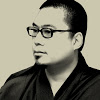




































































































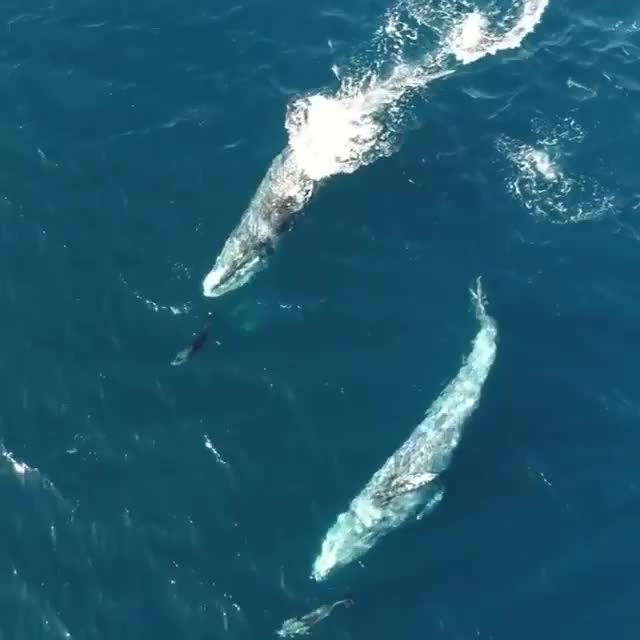
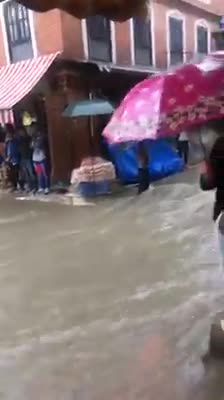
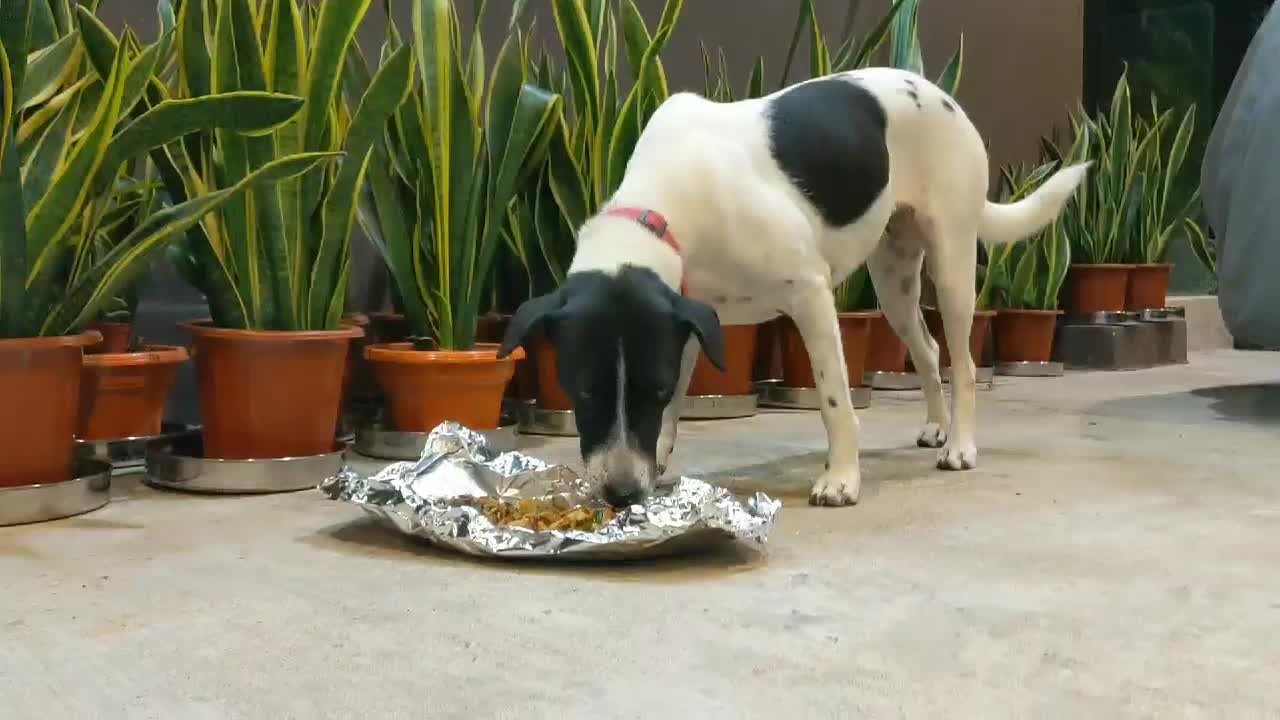
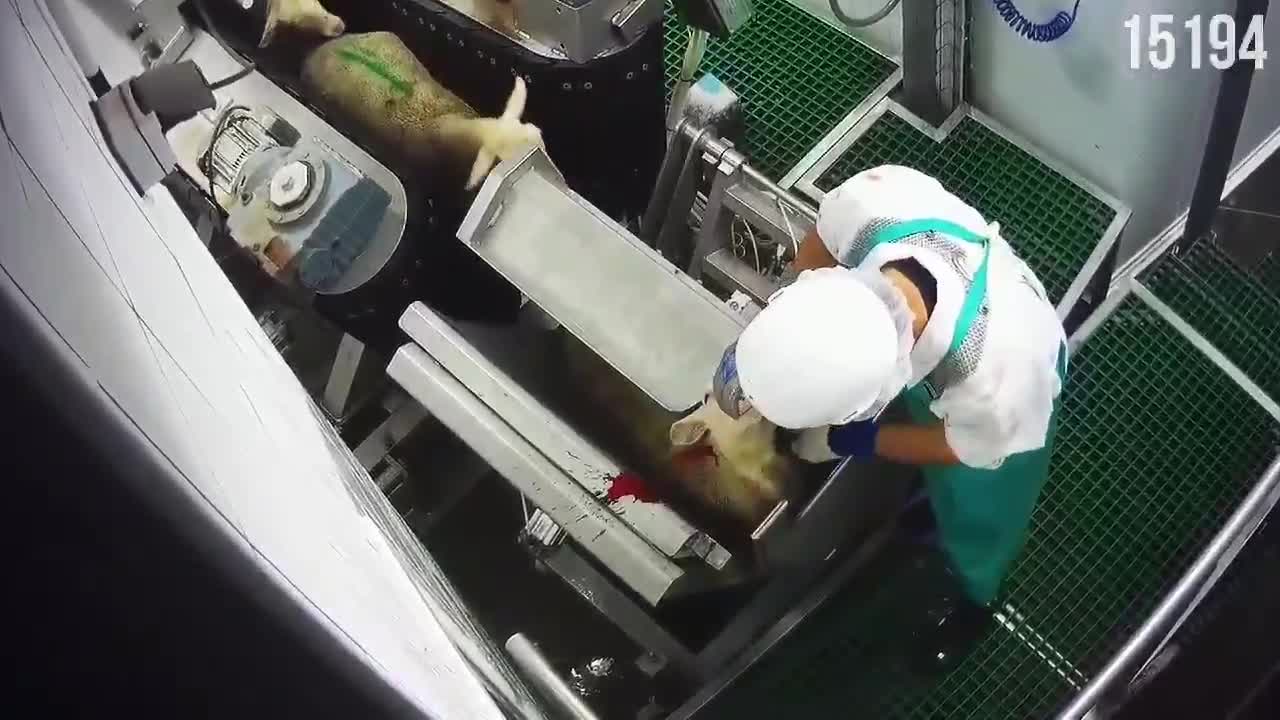
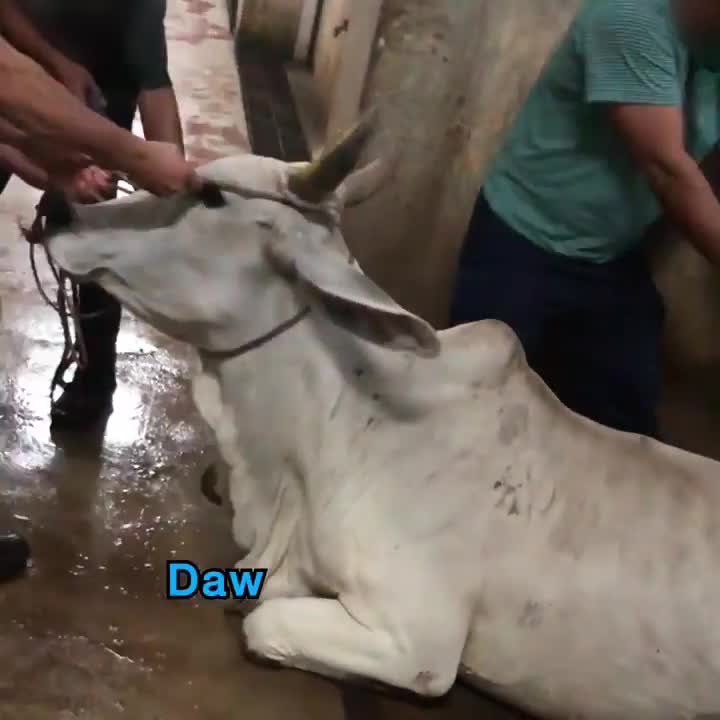

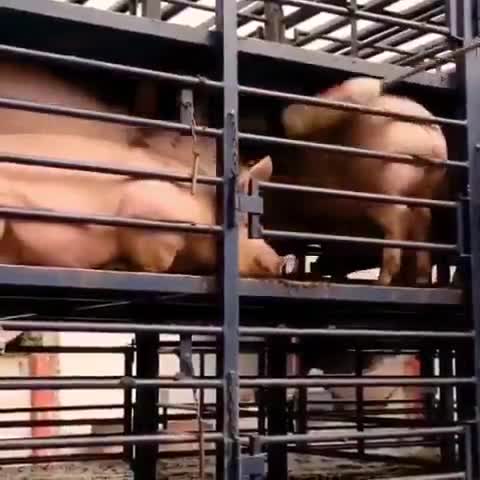


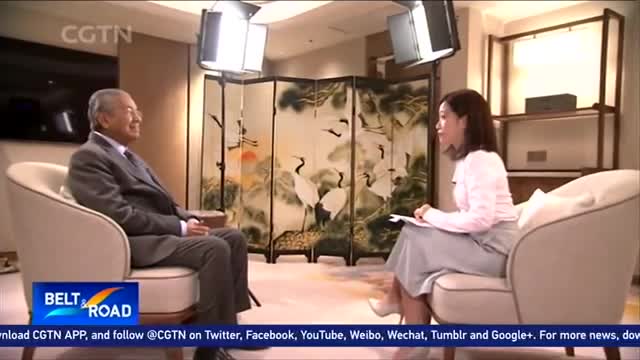
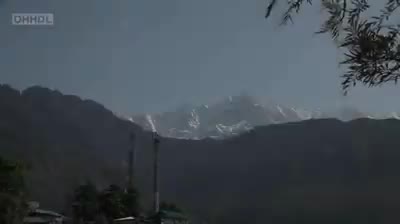
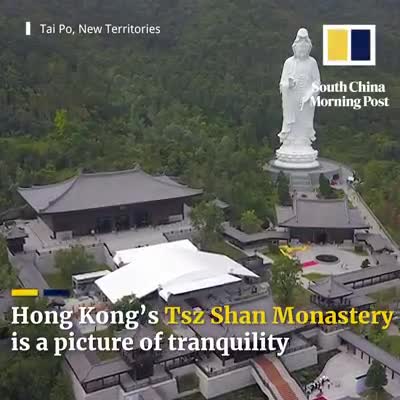

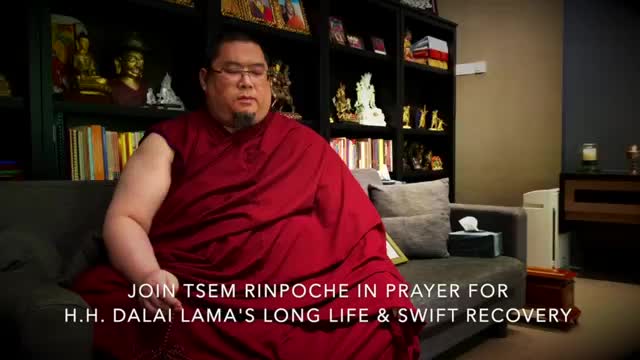
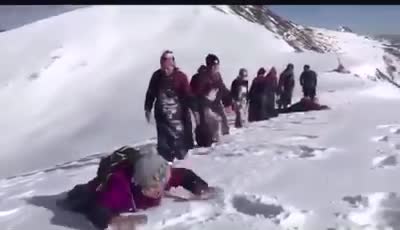
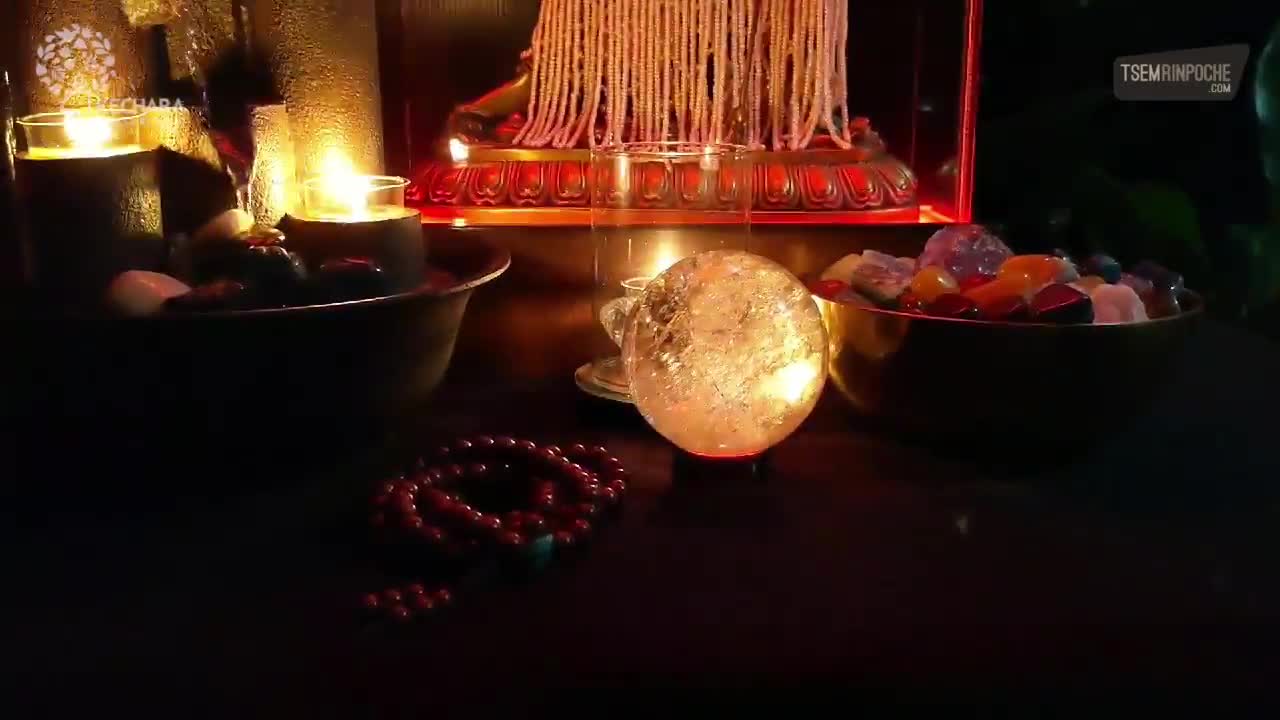
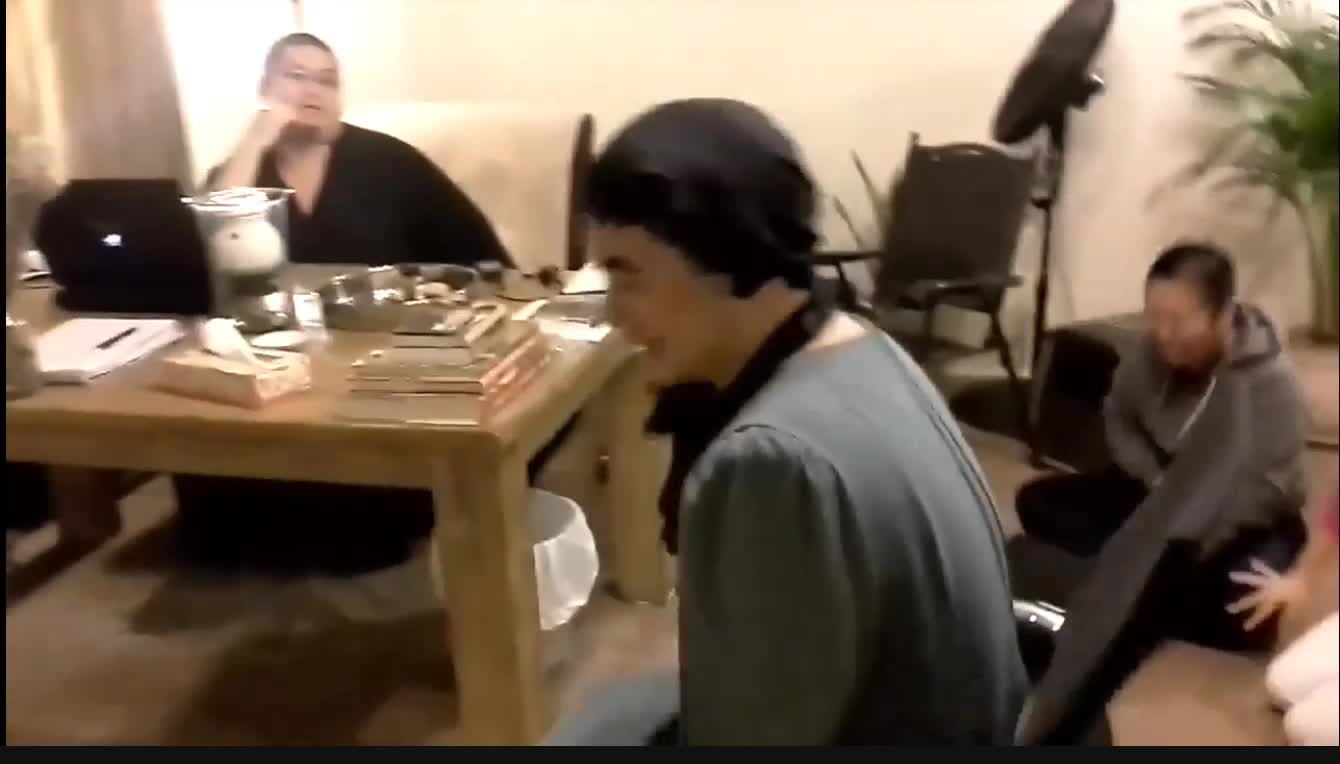
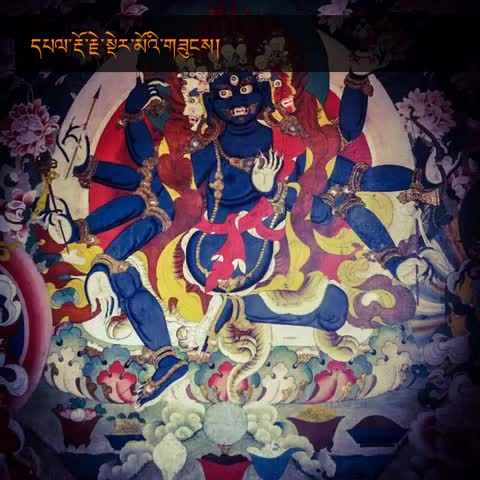
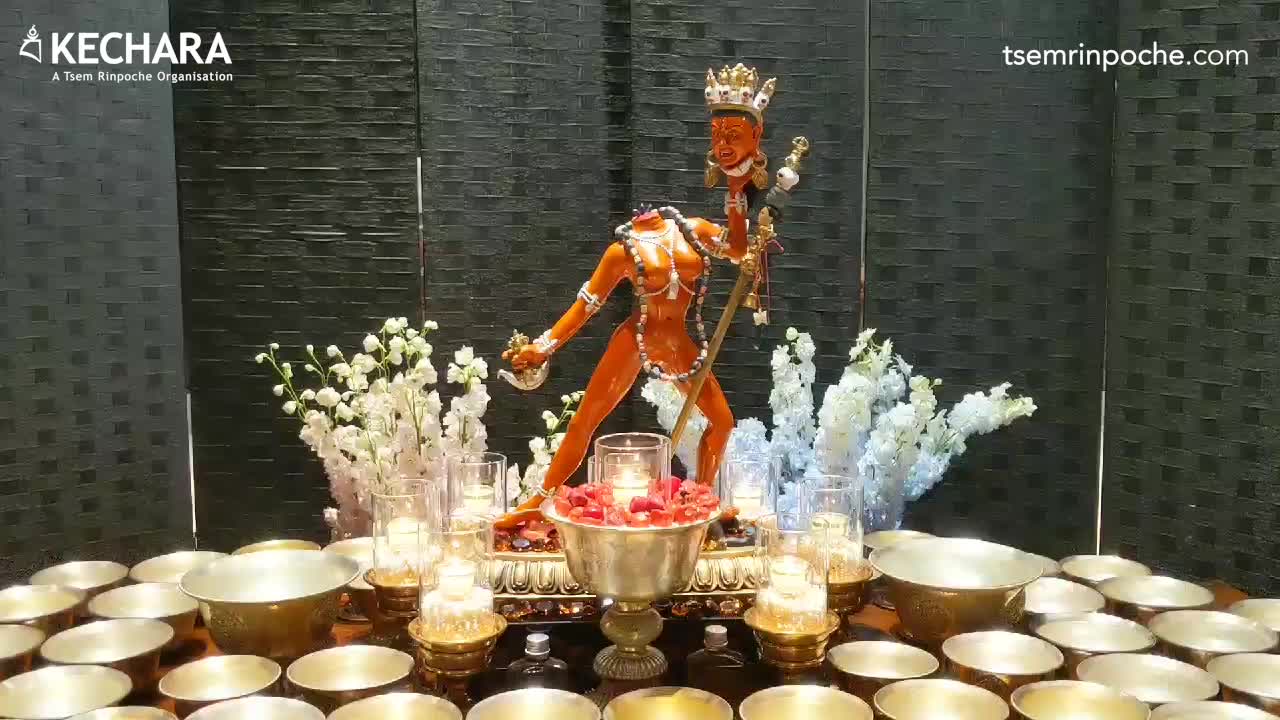

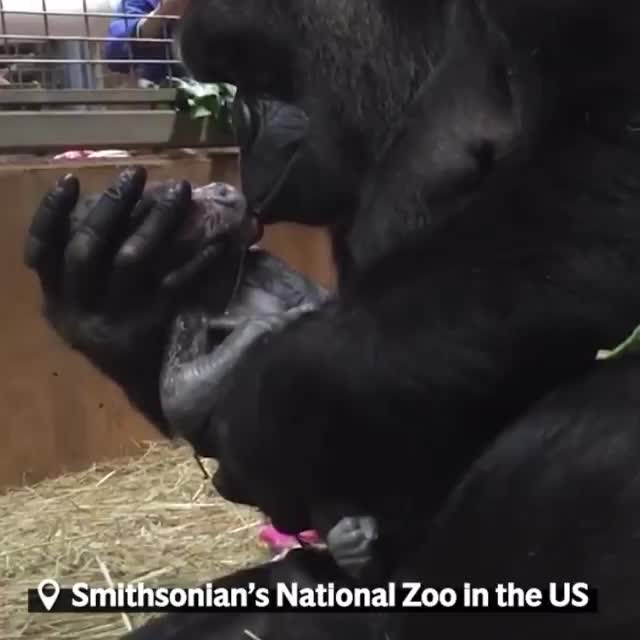
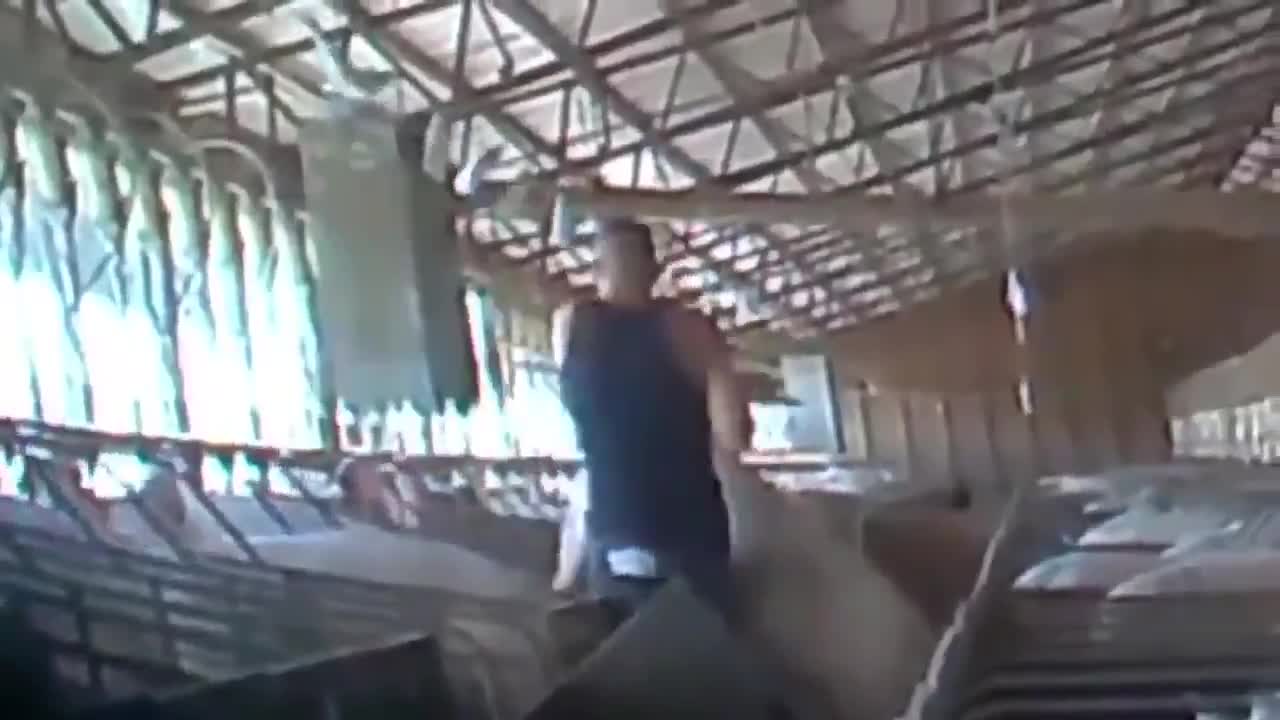

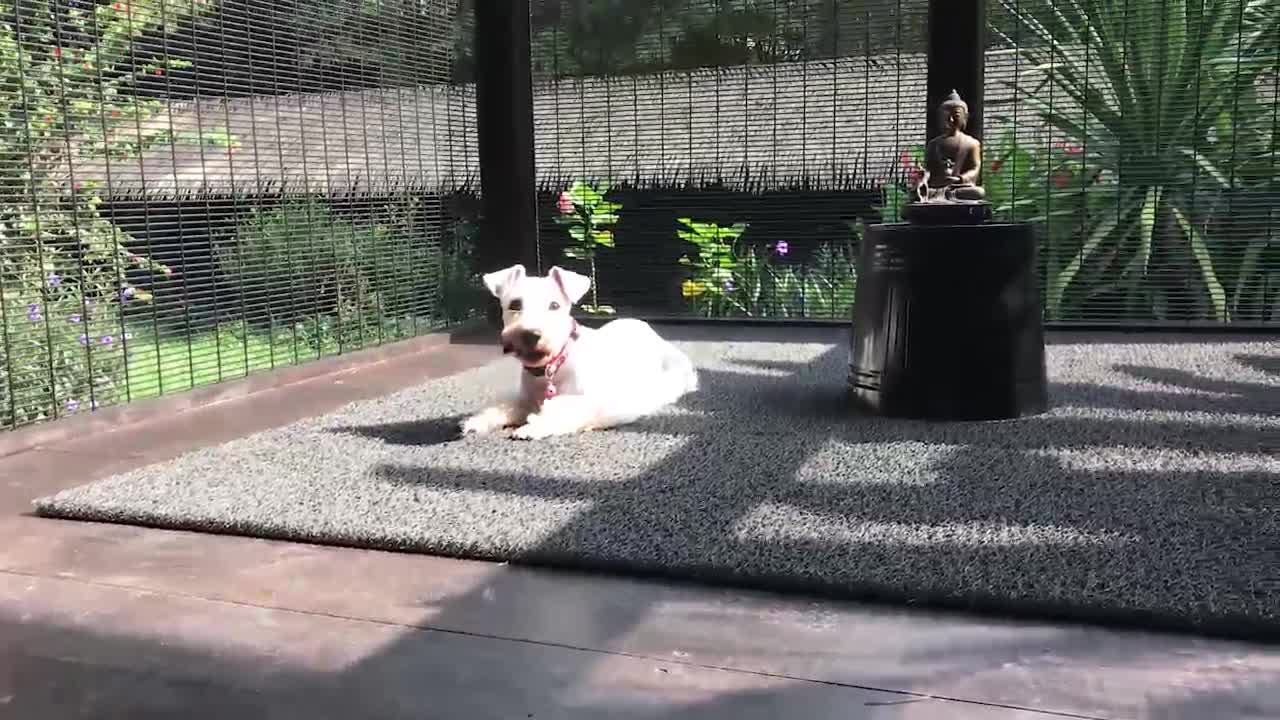
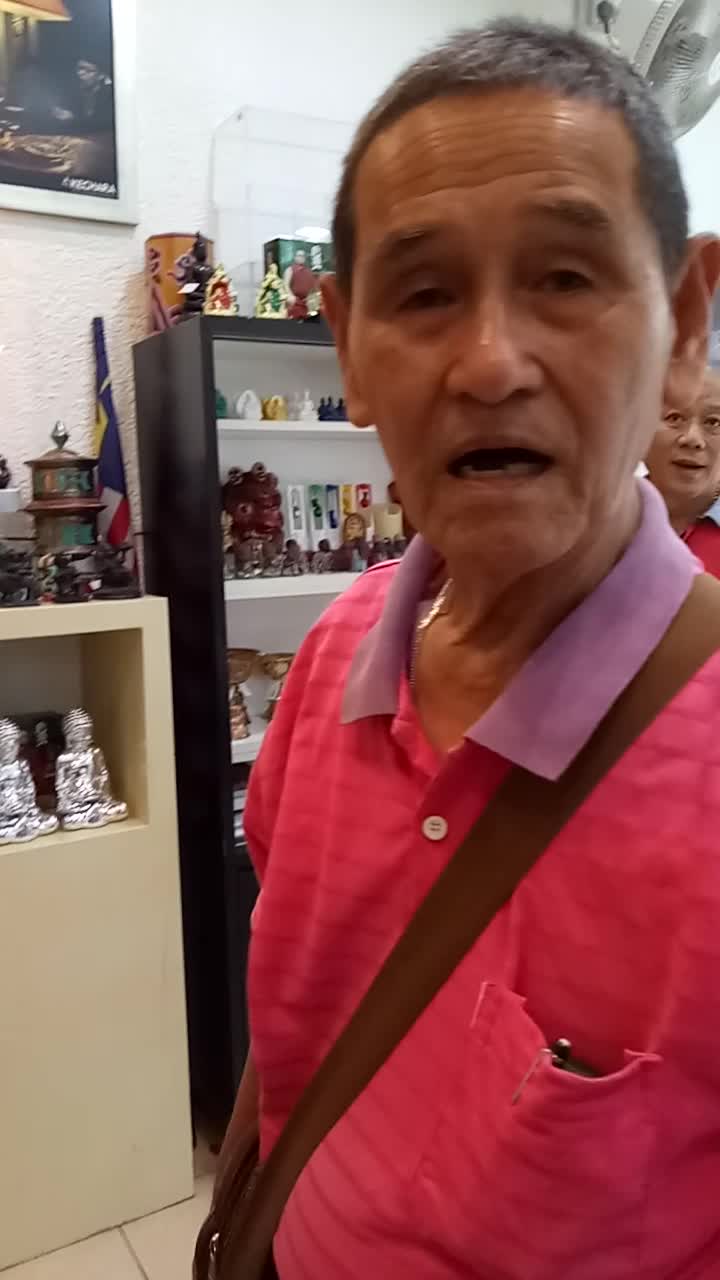
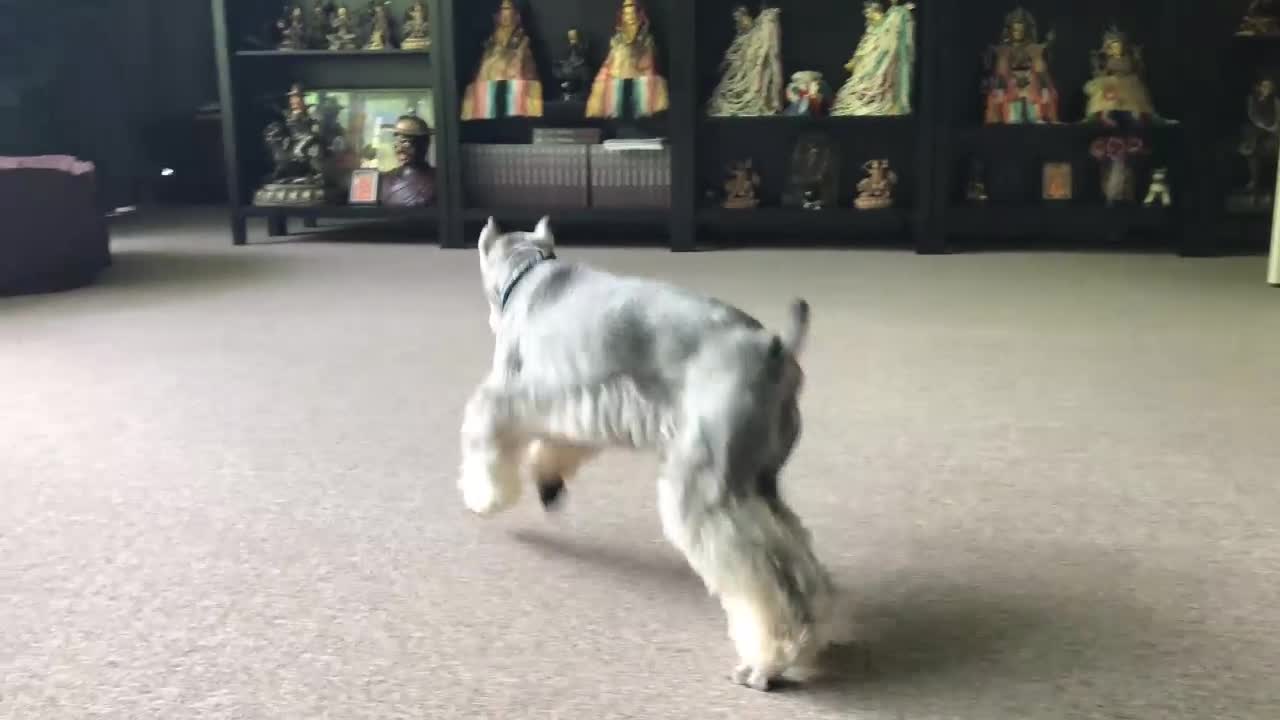






































































Kobo Daishi, known as Kukai during his life, was a Japanese Buddhist monk, civil servant, engineer, scholar, poet, artist and calligrapher. He was an influential religious leader responsible for introducing Shingon Buddhism, a form of Esoteric Buddhism, to Japan in the in the ninth century. He became the country’s most important Buddhist saint and has been credited with all manner of minor miracles. Noted as a gifted sculptor and the inventor of Japanese writing, he had created the most important pilgrimage route which followed by followers as to this day. Interesting read of Kukai who is known to have performed many miracles throughout his life.
Thank you Rinpoche for this sharing of a great saint.
Thank you for sharing the story of Kukai Kobo Daishi with us. All the highly attained monks share the same qualities. They are very selfless, they are extremely devoted to their teacher and they follow then instructions of their teachers all the time. Everything they do, they don’t do it for themselves but with the motivation to benefit others. Even though they encounter difficulties in their Dharma career, but they never give up but find ways to overcome them. Without perseverance and determination, we will not have success.
I first knew about Kobo Daishi when I was researching for Kansai article. I was very much attracted to this character and would like to know more about him. After I read through various sources of information, I became even more convinced that Kukai was someone special. He used his miracle power to help and inspire other sentient beings. How inspiring!
I like people like Kukai because it seems that they have no fear and have a lot of courage to do what they would like to do. Often time people are afraid to sacrifice their comfort and attachment, and this prevents them to do more and reach their potential. Sometimes, they do have the thought to do better, but the environment tried to discourage them. It is for this reason that we need to continue to promote inspiring stories like Kukai.
To be able to live such a blessed life, Kukai must have created a tremendous cause in his previous lives, even the potential of having a respected career in court did not move him, and he proceeded to become a monk, and he managed to travel to China and meet with his root teacher. When I read about this account, I could not help to wonder why did he choose China as opposed to another great Buddhist country like India for example. Destiny must have brought him back to his root teacher, Hui Kuo.
Kukai is an example of a person who is visionary. Not only he was interested with the Sangha community, but he also is interested with the welfare of the lay community. and for that reason many people during his lifetime respect and honor him, and he continued to inspire many generations of people who would like to pursue their spiritual journey.
Feel really inspired reading about Kukai and how he worked within the framework of the Emperor and people of that time to bring esoteric Buddhism to Japan. For him to jump off the cliff, Kukai is no ordinary person, he was quite attained even before in this life.
This is an amazing and well documented account of the renowned Japanese Buddhist Master, Kukai. There were many miracles Kukai performed, the most awe-inspiring one being the time when Kukai was about to depart China and invoked the powerful Fudo Myo-o to find a suitable place as his base once he returned to Japan. He displayed his power by sending his three-pronged vajra flying off ahead of his voyage!
Despite his mastery over esoteric Buddhism, Kukai underwent hardship when he returned to Japan at a time when his family and people related to him were implicated in illicit activities one way or another. It reflects the socio-culture of the time and the influence of the people in power. Fortunately, after 3 years, things changed. Emperor Saga took over the throne and Kukai came into favour, with this, he had the opportunity to share and spread the many teachings that are still in practice today. Among them are the Kana Script and the infamous Shingon Dharma.
I love thisinspiring and interesting story about this esoteric monk, Kukai Kobo. Things that intrigues me in this post are, 1. When he was three years old, Kukai sculpted and knelt before a clay Buddha image. As he prostrated, the Four Heavenly Kings (Shitenno) surrounded him like protective angels. 2. The vajra flew in Japan’s direction and is said to have landed on Mount Koya. And the pictures on this post are very interesting and rich. Thank you very much Rinpoche and blog team for this great write up???
Kuko Kobo Daishi was a renowned monk who was instrumental in the establishment and spread of the Shingon doctrine in Japan. The multi-talented Kuko worked tirelessly and selflessly to promote the esoteric Shingon Buddhism as well as other projects which were most beneficial to others. Today he is remembered for the many legacies he has left behind. His doctrine of Shingon Buddhism is still very much alive. Pilgrims continue to flock to his Shingon Buddhist retreat place , Mount Koya, which has kept alive his Shingon Buddhist doctrine and is still a sanctuary for seekers of peace and healing.
When he was only seven years old, he did a most remarkable thing. He went to the top of a mountain cliff, and declared to Lord Buddha that he would use his whole life in the pursuit of Buddhahood to save many people. If he were not capable of fulfilling this vow, he did not deserve to live. Then he threw himself down the cliff. Miraculously, Buddha Shakyamuni appeared and saved him so that he could live a life of service to the Dharma!
His life took a spiritual turn , when he was introduced to esoteric meditation practice and the esoteric mantra of Akashagarbha Bodhisattva. He began to focus on exoteric meditation practice. At around 20 to24, he gave up the secular life and became a wandering ascetic monk. He was ordinated and given the name of Kukai meaning “Ocean of Emptiness”. He was told to focus on the Mahavairocana Sutra for the spiritual path and practice that was his, for which he decided to travel to China find a teacher to transmit the teachings to him.
The next phase of his life saw him travelling to China. There he met his root teacher Hui Kuo, who transmitted to him all the necessary esoteric teachings that allowed Kukai to become a master of esoteric Buddhism. Upon his teacher’s passing, he returned to Japan , ready to establish and spread Shingon Buddhism there. Mount Koya was established as his seat for Shingon Buddhism in Japan, when his vajra flew in that direction.
Kukai rose to fame rather swiftly in Japan. He swiftly established Shingon Buddhistm in Japan. Kukai who was multitalented, was a visionary and tried to establish a comprhensive school system, allowing people from all sectors of life – layman as well as monastics- to attend. True to his kind nature, he instructed the teachers to show care and compassion towards the students.
Kukai also invented the Kana Script which gave greater freedom to the Japanese to express their thoughts. Kukai is also credited with establishing and administering hundreds of Shingon temples throughout Japan.
Today, Mount Koya the retreat centre Kukai had established is the centre of Shingon Buddhism. Shortly before his death he spoke these words of great compassion to his followers : “Until you cease your suffering on earth, I will carefully watch you and save you from such suffering.”
Whenever I read of great Buddhist Monks, a surge of appreciation and gratitude arises within me. It is for the works and legacies of such great Monks that the Dharma is preserved and handed to us years after their passing.
Kukai Kobo Daishi, was outstanding and his abilities were limitless as he was not only profound in his Dharma knowledge but also a scientist with many talents from health to advance education.
Kanji text is very similar to Chinese but to simply the ability of literacy to Japanese, he also developed Kan script. However, even until today, kanji text is still studied in Japan at tertiary level.
Kukai or Kobo Daishi was a scholar, poet, a calligrapher , engineer and Buddhist monk who founded Shingon Buddhism in Japan. He was a man of huge talents, founding hundreds of temples throughout Japan.. He contributed greatly to the development of Japanese art and literature and pioneered in public education. Desiring to learn more about Buddhism, Kūkai went to China and met the great master of esoteric Buddhism,
He passed away at 62 his body was not cremated but entombed, according to his will. Amazingly he left a huge legacy includes the Shikoku Pilgrimage of 88 temples . Kukai’s biggest legacy is the Buddhist sect he founded – Shingon.
Thank you Rinpoche for sharing these interesting article .
Thank You Rinpoche for sharing such legendary founder, Kukai, of Shingon Buddhism to us. What coincident that I was wondering about the Shingon sect a few days ago as I know there is one of famous Shingon Buddhist temple in Singapore; I was wondering about authentication of Shingon sect and its history. However, Dorje Shugden incident taught me that I should not conclude anything without studying and understanding it.
I guess, with Rinpoche’s explanation in article, I understand better about Shingon Buddhism sect and its founder, a true legendary monk. I noticed there is a lot of similarity between Rinpoche and Kukai. Kukai has multi talents and strong Guru devotion to His root Guru, Hui Kuo. The interesting part is Hui Kuo will be reincarnated to be student of Kukai in future and Kukai was reincarnation of Hui Kuo’s master, Amoghavajra. The lineage of Shingon is very clear too.
Kukai has developed a world famous retreat center in Mount Kaya with help of mountain deity, Niutsuhime no Mikoto. Whereas, Rinpoche is developing Kechara Forest Retreat in Bentong with help of powerful enlightened Dharma Protector, Dorje Shugden. Beside that, Kukai never bias, He built the Shugei-Shuchi-In school to benefit all beings regardless their family background which is same as Rinpoche; Rinpoche is introducing Dharma teachings and Dorje Shugden to benefit everyone regardless their races and background
We should help Rinpoche to develop Kechara Forest Retreat to propagate Dharma teaching touching more people’s heart. Thank You Rinpoche and I am glad to be your student and I will help to develop Kechara Forest Retreat under your guidance.
Thank you very much Rinpoche for introducing us to the history and lineage of Shingon Buddhism.
Now I know that Shingon Buddhism can be traced back to Arya Nagarjuna (ca 150–250 AD) who received the Mahavairocana Tantra from Vajrasattva inside what is described as an Iron Stupa in Southern India.
Hence Shingon Buddhism shares the same Wisdom root as Gelug (the tradition of Lama Tsongkhapa), which is the “Middle Way” (Madhyamaka) and which is based around the central notion of “emptiness” (Sunyata) or the absence of inherent existence.
Thank you Rinpoche for sharing.
Great to know that Kukai founded the Shingon Sect of Esoteric Buddhism, the Myo-o are revered which emphasizes the Great Sun Sutra (Maha-vairocana Sutra) and worships Dainichi Buddha as the Central “All-Encompassing” Buddha till today. Invited during pre loved sales.
It is indeed interesting to know that Priest Kukai had contributed so much for dharma to florish till these days. He has exerted so much influence on the development of Japanese art to engineering.
The katakana combined with kanji that is use till today started from him.
The Ten Stages of Consciousness, written in Chinese in a poetic style, classified Confucianism, Taoism, and all the existing Buddhist literature into 10 stages, the last and highest stage being that of Shingon philosophy.
His works have benefited of sentient beings.
Thank you Rinpoche.
???
I must admit that I did not know much about Kukai but this has brought him to life. He must be a very attained being to be able to do so much, building temples, teaching, administering temples, building reservoirs, coming up with new scripts. And reading about his miracles make him larger than life, which in a way it is.
The final part when he entered clear light was the most amazing as his hair was still growing even though he was no longer moving and the priests were already conducting his last rites. What gave hope was that his finals words indicated that he would be back with Maitreya in 1.5 million years!
Thank you, Rinpoche for fleshing out his great master who was instrumental in establishing and spreading the Shingon Buddhist doctrine.